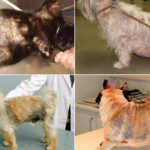The Belgian Malinois, a herding dog breed originating from Belgium, is commonly employed by military and guard forces worldwide. Let’s explore this versatile breed with Bach Hoa XANH and consider it as a potential pet companion.
1 Understanding the Belgian Malinois Breed
Origin of the Belgian Malinois
The Belgian Malinois, also known as the Belgian Shepherd, is one of four types of Belgian herding dogs. The other three are the Groenendael, Tervuren, and Laekenois. The modern-day Malinois is a result of crossbreeding between the German Shepherd and native herding dogs by a Belgian shepherd named Adrien Janssens in 1885, over 200 years ago.
Initially bred for herding and livestock management, the Malinois soon revealed its exceptional qualities, leading to its recruitment into military and police forces for various important tasks.
The Malinois has only recently gained popularity as a pet in Vietnam over the past few years. Their intelligence and skills make them excellent candidates for search and rescue, as well as crime detection.
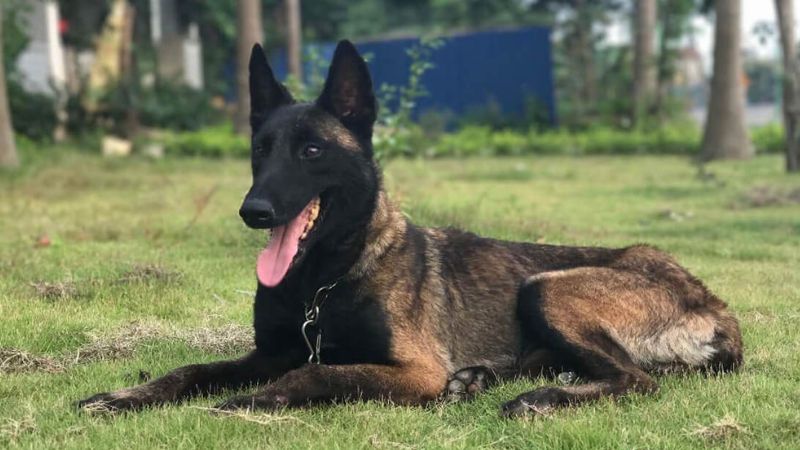 The Belgian Malinois has its roots in herding
The Belgian Malinois has its roots in herding
Physical Characteristics of the Belgian Malinois
The Belgian Malinois boasts a robust and well-proportioned physique, with a nearly square-shaped body. Their heads are relatively long, with muzzles almost equal in length to the skull.
Their eyes are a striking shade of brown and shaped like almonds, giving them a fierce expression. Their ears are typically erect and triangular when fully grown, and their noses are long and straight, contributing to their excellent sense of smell. The Malinois has strong, balanced, and proportionate legs.
Adult male Malinois typically stand at a height of 61-67 cm and weigh between 25-34 kg. In contrast, females are slightly smaller, with a height range of 56-61 cm and a weight of 20-30 kg.
The Malinois has a short, double-layered coat. The outer layer acts as protection against external factors and is relatively coarse, while the inner layer consists of extremely dense fur that provides insulation against harsh weather conditions.
 The Belgian Malinois has a well-proportioned and robust physique
The Belgian Malinois has a well-proportioned and robust physique
Temperament and Personality Traits
Loyal and affectionate towards their owners and loved ones, the Belgian Malinois exhibits caution and wariness around strangers. Their protective nature makes them excellent guard dogs, and they will bravely defend their owners if they sense danger.
Highly intelligent and perceptive, the Malinois can sense their owner’s emotions and offer comfort during sad times by snuggling up or enthusiastically wagging their tails when their owner is happy. They can also interpret the intentions of strangers through their gestures. If they perceive a threat, they will not hesitate to attack to protect their loved ones.
The Belgian Malinois thrives on physical activity and enjoys training routines. They adapt well to changing environments, and their thick coats enable them to endure harsh weather conditions. Additionally, they possess remarkable endurance and a resilient nature.
 The Belgian Malinois is often employed in law enforcement
The Belgian Malinois is often employed in law enforcement
2 Caring for Your Belgian Malinois
Feeding Your Belgian Malinois
It is recommended to feed your Malinois 3-4 meals a day and establish a fixed feeding schedule to monitor their daily food intake. The amount of food per meal can vary depending on their age and activity level. Ensure their diet includes nutrient-rich foods and provides a sufficient amount of protein, calcium, carbohydrates, and other essential minerals. Don’t forget to keep them well-hydrated, especially during periods of intense activity.
Limit their consumption of salty, sugary, and fatty foods, as well as dry, canned, and fishy foods, as these can negatively impact their health and physical appearance.
 Provide a balanced diet for the optimal development of your Belgian Malinois
Provide a balanced diet for the optimal development of your Belgian Malinois
Grooming and Hygiene for Your Belgian Malinois
Maintain your Malinois’ coat health by brushing it three times a week, and use this opportunity to check for fleas. During the spring and autumn seasons, when they shed more, daily brushing is recommended.
Hygiene is important, so be sure to clean their ears and eyes weekly with appropriate pet care products. Trim their nails quarterly and bathe them twice a month or as needed, especially after they’ve been playing in dirty environments.
Daily exercise is crucial for the Belgian Malinois, so allocate 30-60 minutes each day for walks, runs, or playtime. They thrive on activity and may become agitated if confined for too long, so consider activities like hide-and-seek, fetch, or laser tag to keep them entertained.
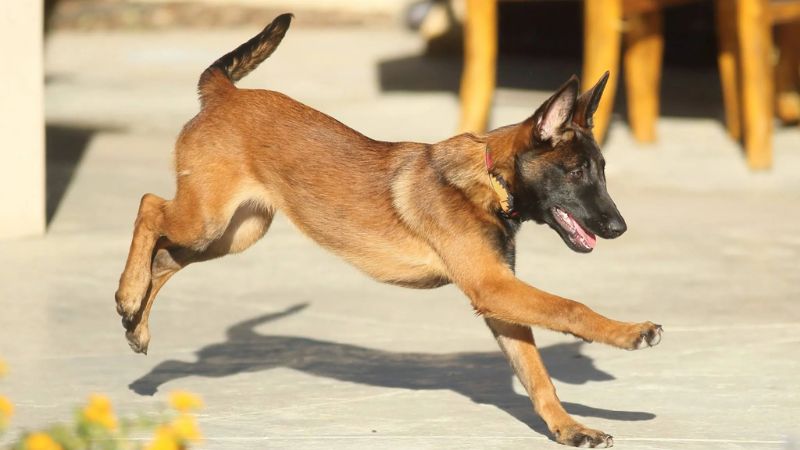 Establish a proper grooming routine for your Belgian Malinois
Establish a proper grooming routine for your Belgian Malinois
Common Health Issues in Belgian Malinois
Hip Dysplasia: This condition occurs when the thighbone doesn’t fit properly into the hip joint, causing pain and lameness. It can be triggered by a high-calorie diet or injury and may have a genetic component.
Progressive Retinal Atrophy (PRA): PRA is a degenerative eye disorder that can lead to blindness.
Elbow Dysplasia: A genetic condition where the elbow joints develop abnormally, leading to potential lameness and pain.
The Belgian Malinois has a thin layer of fat and is highly sensitive to anesthesia compared to other dog breeds. Therefore, anesthesia administration should be approached with caution to avoid potential complications or even death.
Additionally, keep an eye out for symptoms of pneumonia, such as prolonged coughing, weak breathing, and fatigue, and seek veterinary attention if necessary.
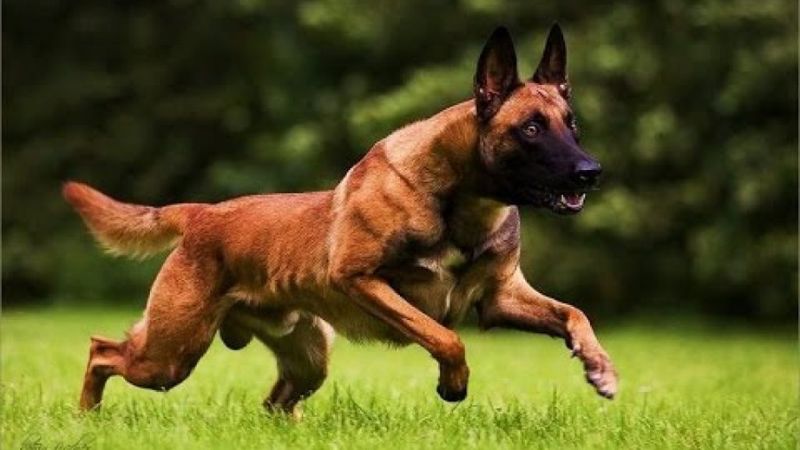 Be aware of common health issues in Belgian Malinois
Be aware of common health issues in Belgian Malinois
Important Considerations When Owning a Belgian Malinois
The Belgian Malinois thrives on physical activity and requires dedicated playtime. If you cannot commit to at least 30 minutes to an hour of daily exercise and interaction, you may want to reconsider choosing this breed as a pet. Without sufficient stimulation, they may become agitated and destructive.
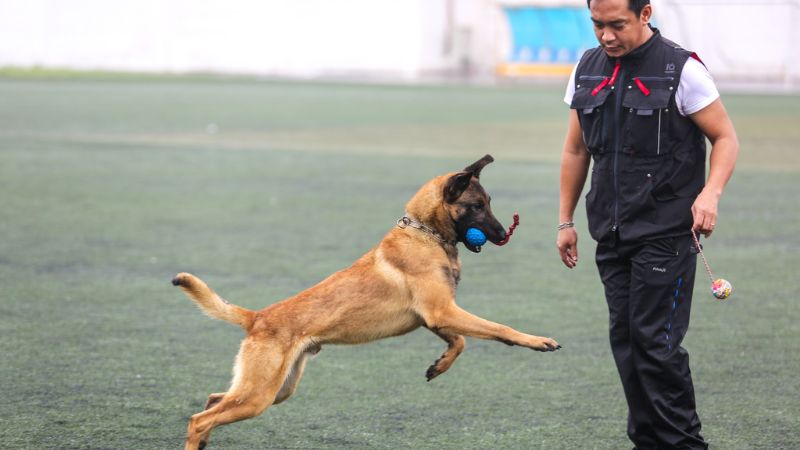 Spend quality playtime with your Belgian Malinois daily
Spend quality playtime with your Belgian Malinois daily
Maintain their health by ensuring they receive regular vaccinations and deworming, and schedule routine veterinary check-ups every six to twelve months. When adopting a Malinois, ensure they have received both their initial vaccinations, and only source them from reputable breeders.
3 Buying a Belgian Malinois: What You Need to Know
Price Range of Belgian Malinois
The cost of a Belgian Malinois puppy born in Vietnam, with complete documentation and a high degree of purity, typically ranges from 8 to 10 million VND. Puppies without papers will cost less than 7 million VND. Imported dogs will have a higher price tag, ranging from 11 to 20 million VND.
Adult Belgian Malinois bred in Vietnam for breeding purposes can cost around 11-20 million VND. Those imported from Thailand or China with high purity will cost between 20 and 30 million VND, while dogs from Europe will be more expensive, starting at 35 million VND.
 The price of a Belgian Malinois varies based on its origin and purity
The price of a Belgian Malinois varies based on its origin and purity
Tips for Buying a Belgian Malinois
When purchasing a Belgian Malinois, opt for reputable breeders or well-known pet shops to avoid scams. Physical stores also allow you to carefully examine the dog’s health, appearance, and temperament before making a decision.
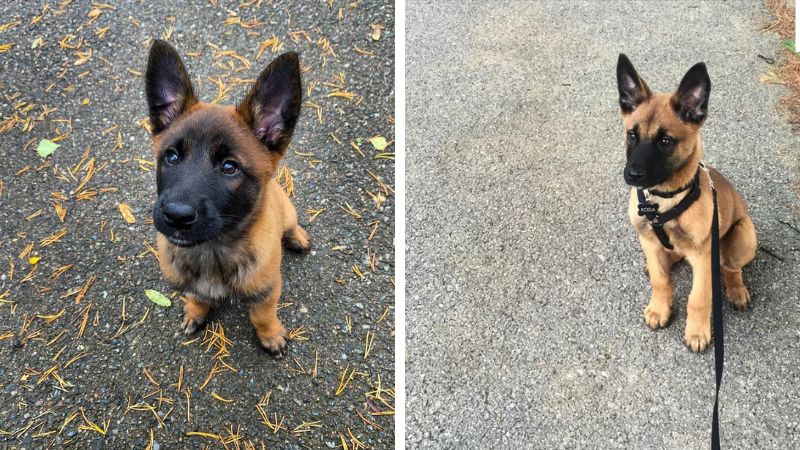 Many people choose the Belgian Malinois as their beloved pet
Many people choose the Belgian Malinois as their beloved pet
Canine Pyoderma: Understanding the Condition and Effective Treatment Options
For dog owners, the health of their furry friends is always a top priority. Understanding this, today we will share with you an insightful guide on a common canine skin condition – pustular dermatitis, which can also lead to hair loss. Learn about the causes, symptoms, and effective treatment options to ensure your pup’s well-being.
“Canine Gastroenteritis: Signs and Root-Cause Remedies”
Inflammatory bowel disease (IBD) is a common and potentially serious condition that affects many pets. It is a complex disease that can have a significant impact on your furry friend’s health and quality of life. Understanding IBD and its treatment options is crucial for pet owners to ensure their beloved companions receive the care they need.


























